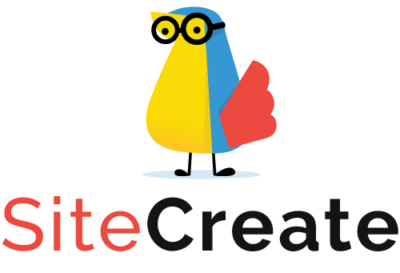A Guide to Designing Effective Email Newsletters
In today's digital age, email newsletters remain a powerful tool for businesses and individuals alike. However, with overflowing inboxes and fleeting attention spans, it is crucial to design newsletters that capture and maintain the interest of your audience. So, whether you're a marketer or an individual looking to share valuable insights, here are some friendly tips to help you create engaging and effective email newsletters.
Start with an Eye-Catching Subject Line:
The subject line is the first impression readers have of your newsletter, so make it count! According to a study by MailChimp, subject lines that are personalized tend to perform better than generic ones, increasing open rates by around 26%. Consider using words that intrigue and create a sense of urgency or curiosity, while keeping it concise and clear.
Design for Mobile:
With the rise of mobile usage, it is crucial to ensure your newsletters are optimized for smaller screens. According to Litmus, mobile devices account for 46% of all email opens. To create a seamless mobile experience, use responsive design techniques, keep your content scannable, and use reasonable font sizes.
Clear and Concise Content:
When it comes to email newsletters, less is often more. Keep your content concise and well-organized, focusing on the key messages you want email newsletters are a powerful tool for brands to connect with their audiences and communicate important information. But, with the sheer volume of emails people receive every day, it's critical that your newsletter stands out from the noise and doesn't end up in the trash folder. In this article, we'll explore some tips on how to design effective email newsletters that will engage your audience.
Keep it visually appealing, the first thing your readers will see is your email's design.
Personalize your content:
People want to feel like they're being talked to directly, not just receiving a generic email blast. Personalizing your content can help increase engagement and retention rates. For example, segment your list by demographics or past purchase behavior, then tailor your newsletter content accordingly. According to Epsilon, personalized emails have an open rate of 29.3%, compared to the industry average of 22.8%.
Optimize for mobile devices:
More than half of all emails are opened on mobile devices. This means it's crucial to optimize your email layout for mobile view. Use a single-column layout, larger fonts, and clear calls-to-action (CTAs) that can be easily tapped with a finger. Litmus reports that 46% of consumers will delete an email if it doesn't display properly on their mobile device.
Be consistent:
Consistency is key to building trust and establishing your brand's voice and personality. Make sure your newsletter's tone, frequency, and layout are consistent across all emails. This helps create a sense of familiarity and makes it easier for your subscribers to engage with your content. According to Super Office, it takes between 5 and 7 impressions for people to remember a brand.
Test and measure:
Always test different variations of your newsletter to see what works best. Experiment with different subject lines, CTAs, and layouts to see what resonates with your audience. Measure your results over time and continually refine your approach based on what you learn. MailChimp reports that segmented campaigns have a 14.31% higher open rate than non-segmented campaigns.
Designing effective email newsletters requires attention to detail, creativity, and constant refinement. By following these tips and keeping your audience's needs in mind, you can create newsletters that are engaging, informative, and visually appealing.
Sources:
Campaign Monitor - Poorly Designed Emails
Epsilon - Personalized Email Open Rates
Litmus - Mobile View Optimization
Super Office - Brand Impressions
MailChimp - Segmented Campaigns
